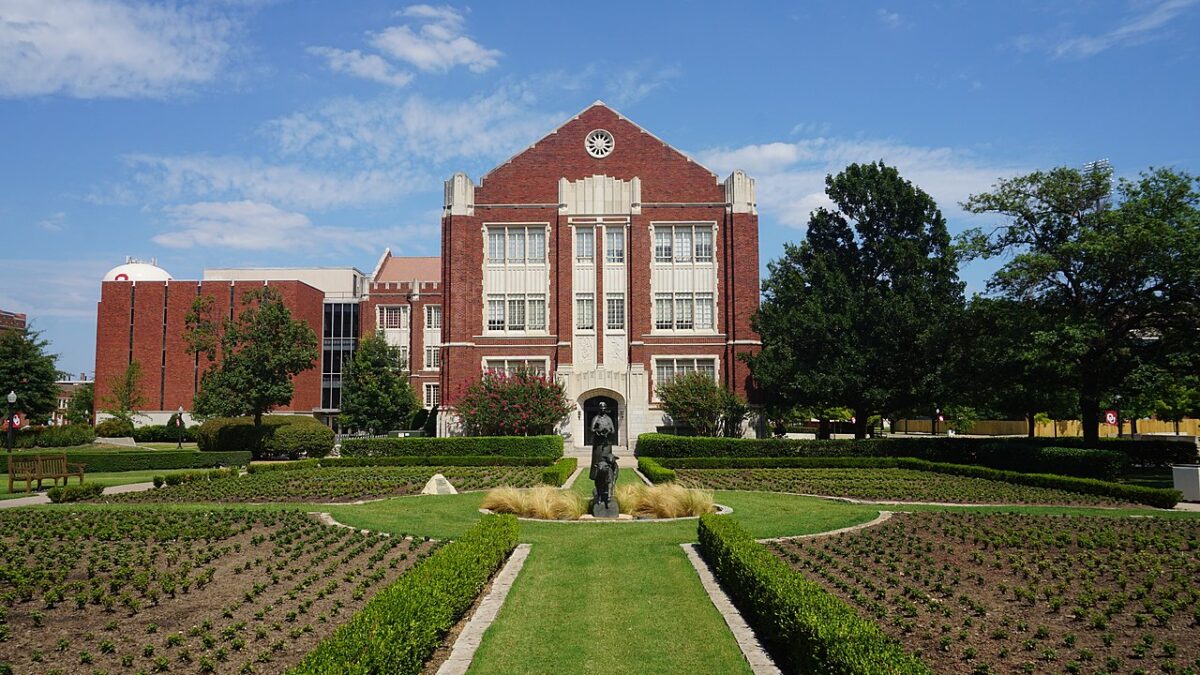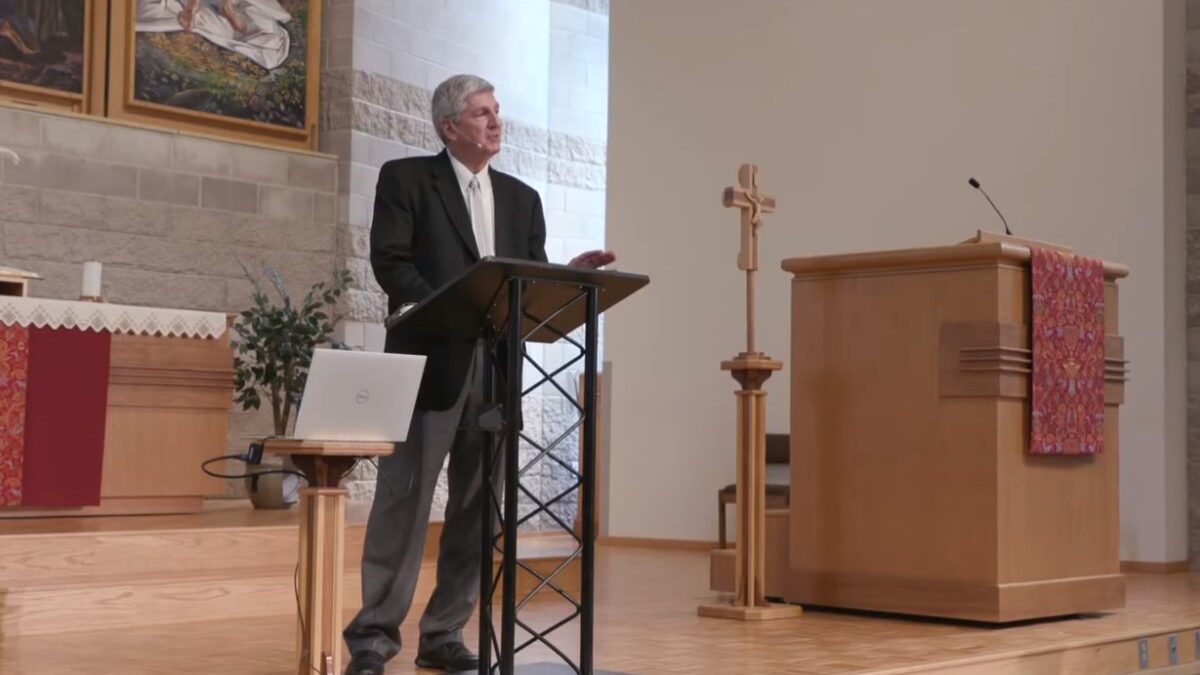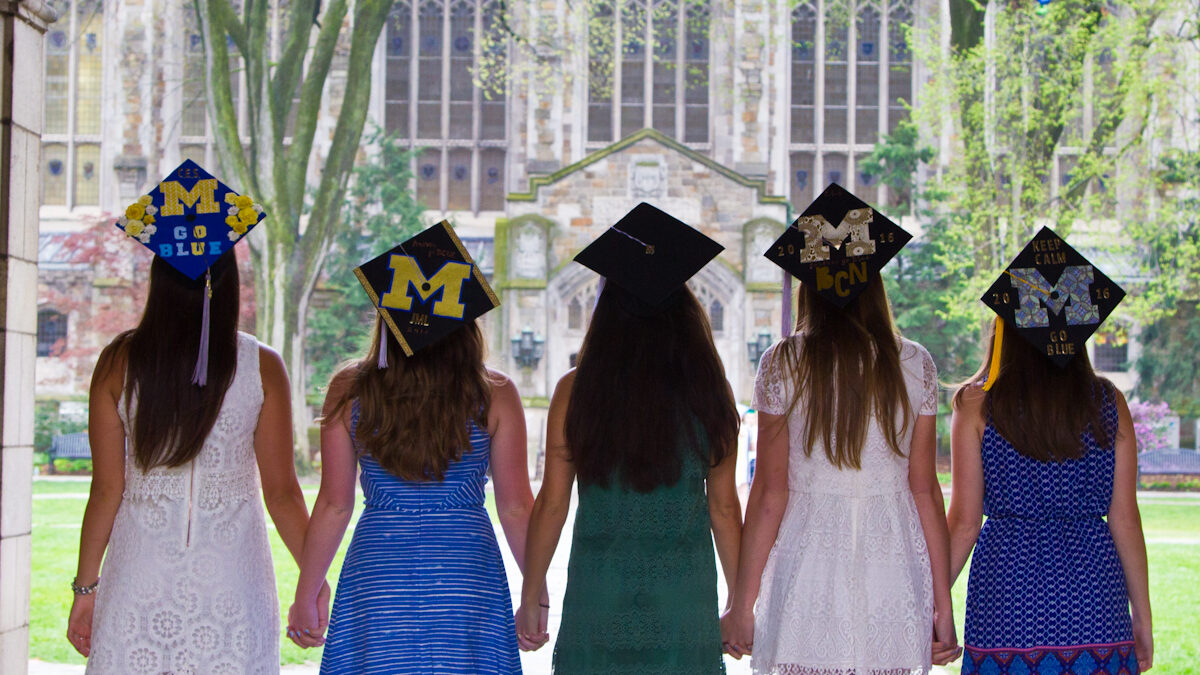Here’s a dirty little secret President Biden doesn’t mention when talking about his myriad student “loan” giveaways: Your tax dollars are being used to fund things like multimillion-dollar Italian monasteries and lounges for students to play video games.
Those are just some of the takeaways from a Wall Street Journal investigation into the finances of each state’s flagship public universities. The reporting shows a trend that, while not surprising, should still shock hard-working taxpayers. Institutions have raised tuition astronomically, in many cases frittering away funds on expenses unrelated to their core educational mission. And students don’t just end up paying more for an education of questionable quality — federal loan bailouts mean all taxpayers do too.
Spending Growth Exceeds Enrollment Growth
The investigation, conducted via a series of public records requests at the 50 state flagship universities, found massive increases in spending over the past two decades. Over that time frame, spending at the median university rose by 38 percent, while enrollment grew by only 21 percent.
Some might argue that the sizable growth in tuition over that time came because of cutbacks in state aid. Indeed, many states did reduce taxpayer spending on higher education in the years following the Great Recession.
But the Journal analysis found that “for every $1 lost in state support … the median school increased tuition and fee revenue by $2.40.” In other words, those tuition increases weren’t about backfilling cuts in state subsidies — they were about gouging students to fund wasteful projects.
Extravagant Spending
The former chancellor at the University of North Carolina told the Journal that “these places are just devouring money.” And indeed, the investigation showed that much of the spending went toward expensive vanity projects rather than educating students.
At the University of Florida, the number of communications directors totaled 50 in 2022, roughly double that just five years previously, while the number of deans grew from about 130 in 2017 to 160 last year.
The University of Oklahoma “spent $14.3 million to buy and renovate a monastery in Arezzo, Italy, to house a new study-abroad program. The monastery has a landscaped garden, faculty apartment, and classrooms featuring painted frescoes.”
Despite having the highest in-state tuition among the 50 flagship universities, Penn State University was projected to run a $140 million deficit in the academic year just concluded, and faces structural shortfalls such that it could blow through its financial reserves absent reforms.
Despite having powerhouse men’s and women’s basketball teams, the University of Connecticut spent $55 million subsidizing its athletic department in 2022 — more than half the athletic budget.
After adjusting for inflation, spending for athletic coaches at the median school rose by almost 50 percent between 2010 and 2022.
On the extravagance front, few institutions likely could match the University of Kentucky. It spent a total of $3.66 billion — $805,000 per day over the course of 12 years — upgrading its campus, including:
New homes for the law, business, and visual arts schools, state-of-the-art hospital facilities, a student center, a 900-spot parking garage, a theater for videogame competitions, and dorms sporting full-size Tempur-Pedic mattresses, granite countertops, and in-unit washer-dryers.
And what did it get for all of that spending? Contrary to the stated goal of propelling Kentucky into a top-20 institution, the university’s ranking in the U.S. News and World Report listings actually fell slightly.
Restore Accountability
The Journal article illustrated one of the big problems these institutions face when it quoted a study by an economist and former university president, who found that “public-university trustees approved 98 percent of the cost-increasing proposals they reviewed, often unanimously.” When state school boards get packed full of alumni, football and other sports boosters, and/or political cronies, few people have any incentive, or desire, to scrutinize an institution’s spending, turning the trustees into virtual rubber stamps.
Getting better trustees represents one way to end the spending blowouts in higher education. A bigger one would come from ending the student loan scam whereby institutions can offload their tuition increases onto students — and students can clamor for, and receive, bailouts from the federal government on their “loans.”
Just think: If the federal government got out of the business of funding higher education, universities would actually have to justify their existence and price tag to the customers (i.e., students) who right now are largely content to fob the costs onto taxpayers. It’s such a novel concept that Congress will never try it — but that’s not to say it shouldn’t.








